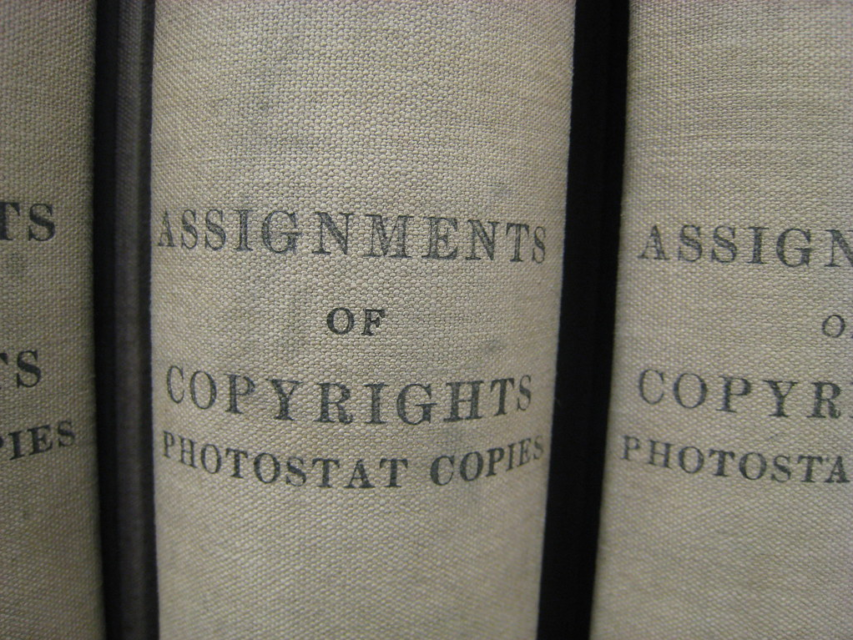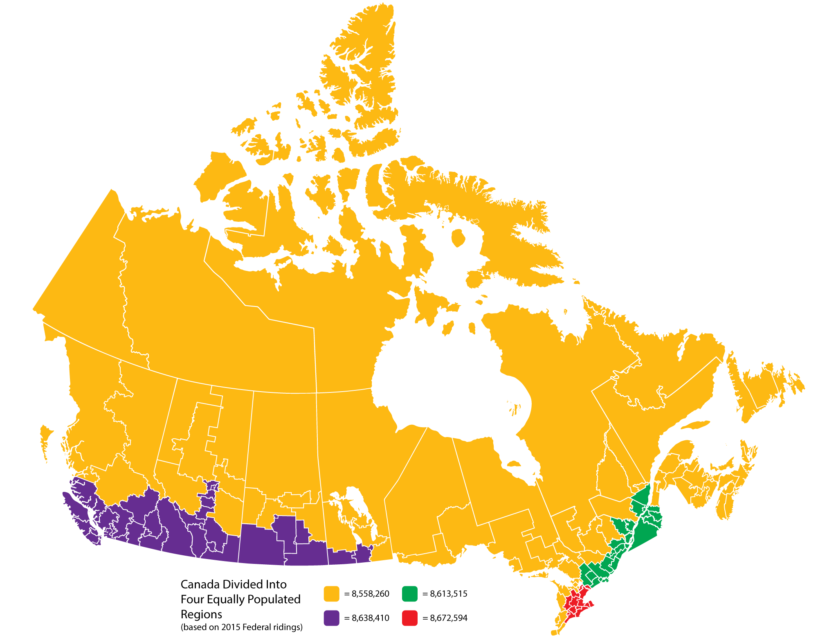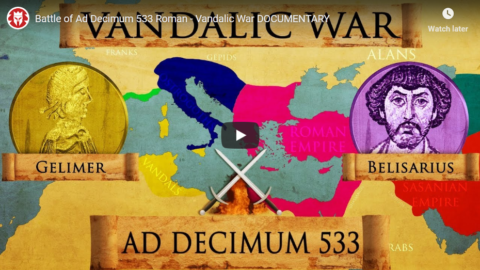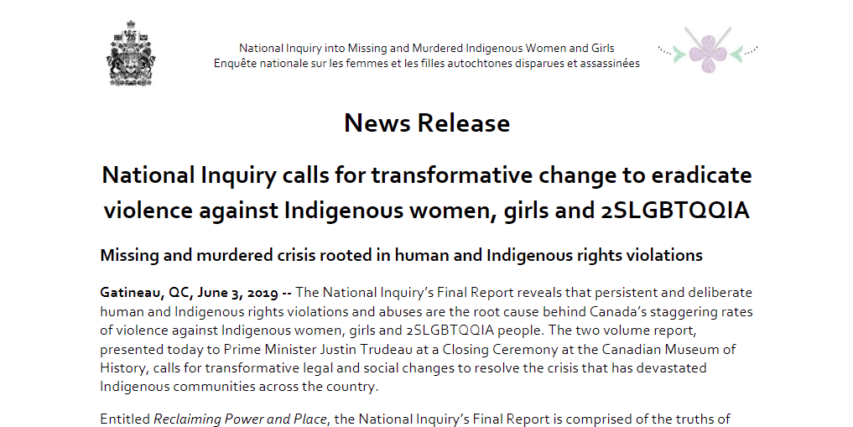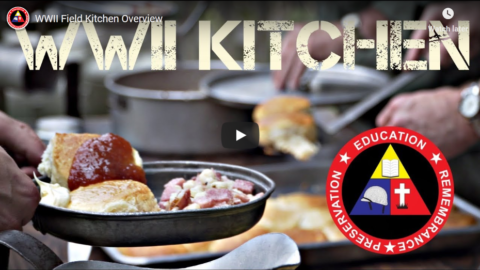Michael Geist summarizes the — seemingly quite sensible — recommendations from the copyright review process:
In December 2017, the government launched its copyright review with a Parliamentary motion to send the review to the Standing Committee on Industry, Science and Technology. After months of study and hundreds of witnesses and briefs, the committee released the authoritative review with 36 recommendations [PDF] that include expanding fair dealing, a rejection of a site blocking system, and a rejection of proposals to exclude education from fair dealing where a licence is otherwise available. The report represents a near-total repudiation of the one-sided Canadian Heritage report that was tasked with studying remuneration models to assist the actual copyright review. While virtually all stakeholders will find aspects they agree or disagree with, that is the hallmark of a more balanced approach to copyright reform.
This post highlights some of the most notable recommendations in the report that are likely to serve as the starting point for any future copyright reform efforts. There is a lot here but the key takeaways on the committee recommendations:
- expansion of fair dealing by making the current list of fair dealing purposes illustrative rather than exhaustive (the “such as” approach)
- rejection of new limits on educational fair dealing with further study in three years
- retention of existing Internet safe harbour rules
- rejection of the FairPlay site blocking proposal with insistence that any blocking include court oversight
- expansion of the anti-circumvention rules by permitting circumvention of digital locks for purposes that are lawful (ie. permit circumvention to exercise fair dealing rights)
- extend the term of copyright only if ratifying the USCMA and include a registration requirement for the additional 20 years
- implement a new informational analysis exception
- further study of statutory damages for all copyright collectives along with greater transparency
- adoption of an open licence rather than the abolition of crown copyright
My submission to the Industry committee can be found here. The submission and my appearance is cited multiple times in the report and I’m grateful that the committee took the submissions from all witnesses seriously.

